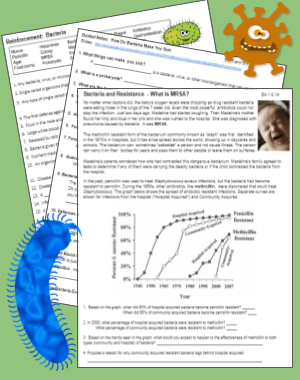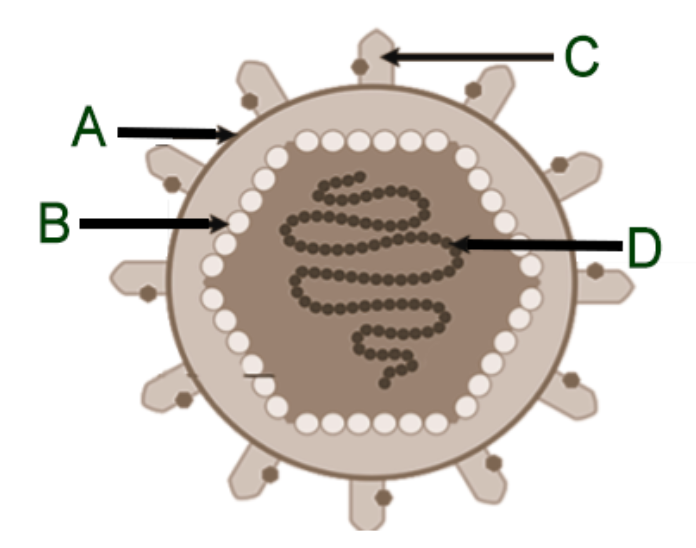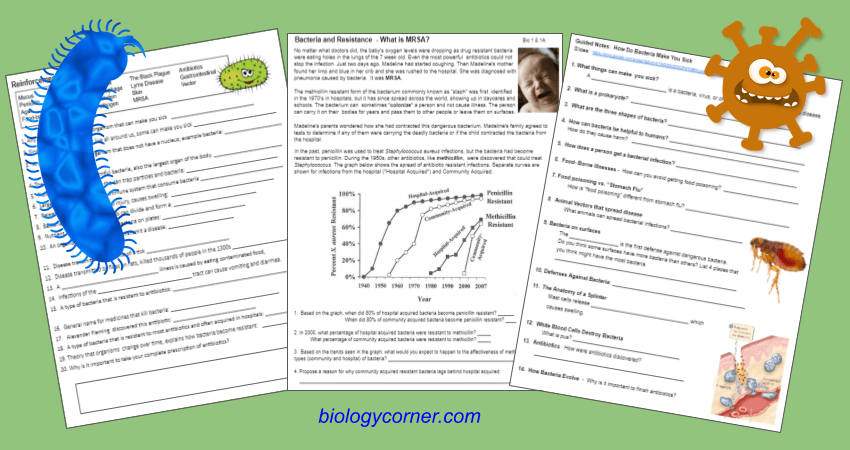
Biology students learn about bacteria in this short unit. I mainly focus on bacteria that make people sick, including a focused cases study on MRSA.
The unit starts with an opener where students list as many diseases as they can. Most will be familiar with viral disease, like Covid and influenza. They will likely also be familiar with strep throat. Once the list is compiled, we eliminate any diseases that are not communicable, discussing what that term means. This will remove list items like allergies or cancer.
Finally, we narrow it down to only those diseases that are caused by bacteria. I ask them which ones could be treated with antibiotics. This also requires some guidance and discussion. Students enjoy playing with my giant microbes, with plush representations of E.coli, C. Diff, and Syphilis. Next, I invite them to take a health attitudes survey on Quizziz, and share the results with the class for further discussion.
I divide the unit into two sections, one focuses on bacteria and the second focuses on viruses. The CK12 chapter covers both of these topics.
Resources for this Unit
- Google Slides (Bacteria) – opener and Quizziz link are embedded in early slides
- Guided Notes – follows the Google slides, students fill in as they go
- Prokaryote Coloring – focus on the anatomy of a bacteria
- CK 12 Ch 8 Reading Guide – a free textbook for students to read about bacteria and viruses and answer questions
- Case Study – MRSA – examine data on the spread on MRSA in a case story about sick baby
- Reinforcement Bacteria – practice with vocabulary words from the slides and case
- Google Slides (Viruses) – anatomy of a virus and the immune system
- Virus Life Cycle – label the steps of viral infection
- Reinforcement: Virus – practice vocabulary related to viruses and label image of a virus

Extension
Since the next unit is on animals, if I have time, I will also do a medical mystery on Lyme Disease. Students view slides on Lyme disease and answer questions as they go. This merges the idea of illness to invertebrates, since lyme disease is carried by ticks.
Assessment can be purchased from Teachers Pay Teachers and included 40 multiple choice questions, and 2 free response.


